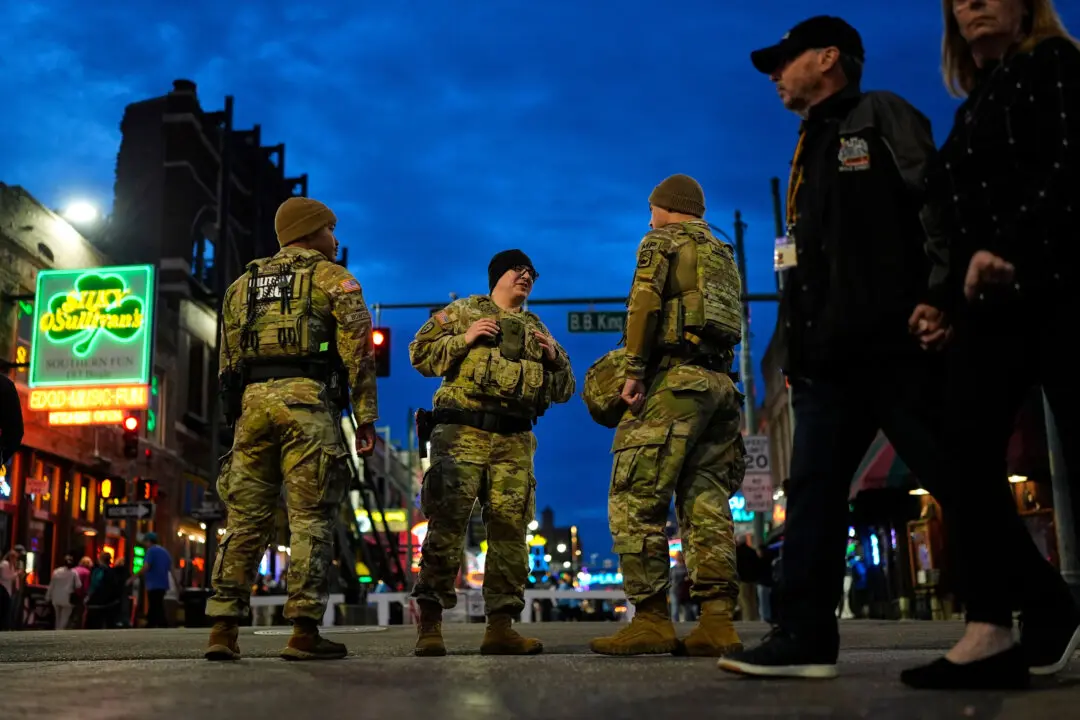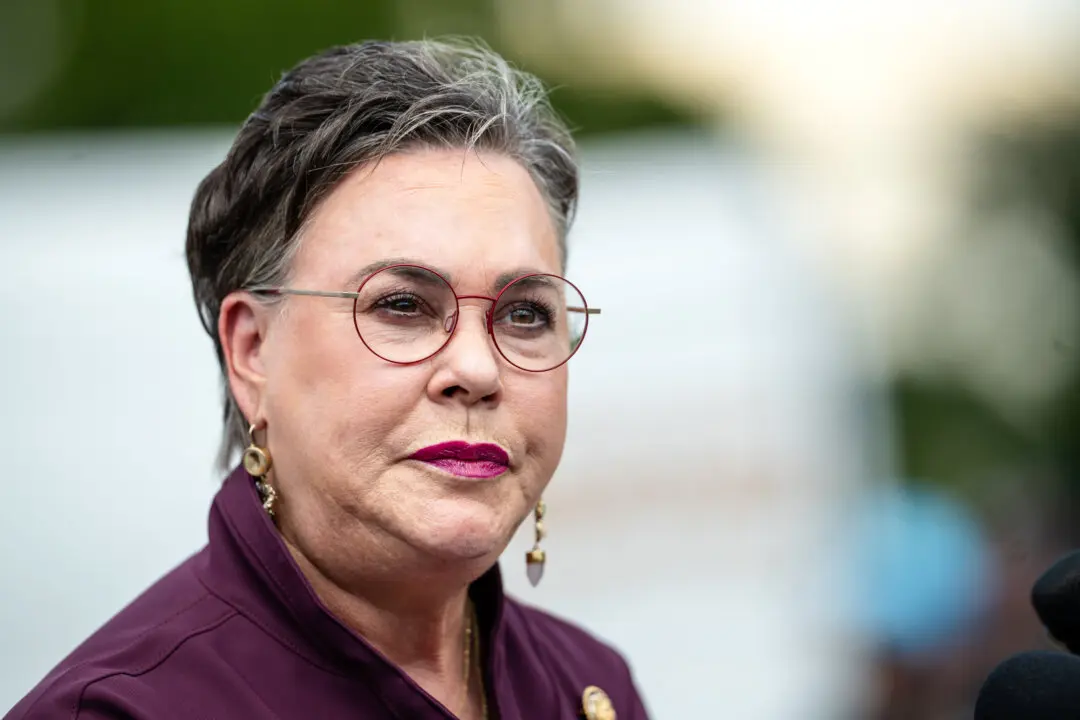America’s public education has shifted significantly from its traditional form within the past two decades, says Marilyn Torley, co-principal of Northern Academy, a private 6–12 school in upstate New York.
Torley, an educator with 25 years of experience as a teacher and administrator in New Jersey, told NTD’s “Focus Talk” program that there used to be a more flexible, need-oriented approach in the classroom when she became a teacher in the 1990s.





